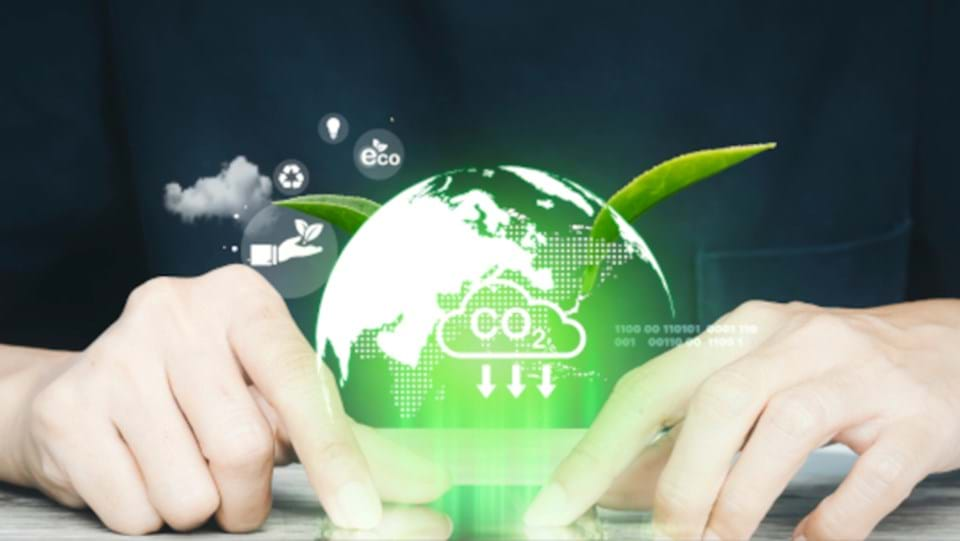GETCO2 was set up to research CO2 conversion in electrochemical systems
ELECTROCHEMICAL conversion could soon turn CO2 into a “valuable” power source for laptops and phones according to researchers operating a new facility at the University of Queensland, Australia.
The ARC Centre of Excellence for Green Electrochemical Transformation of Carbon Dioxide (GETCO2) is a A$45m (US$30m) collaboration between seven Australian universities, industry, and the Queensland government.
It has been set up to research CO2 conversion in electrochemical systems that can be used to selectively produce a range of resources including electricity, carbon monoxide, methanol, ethanol, and formic acid.
The centre said its work will facilitate Australia’s national and international net zero goals, which include reaching net zero emissions by 2050.
GHG-powered nanogenerator
Among several projects running at the facility, the researchers are developing a proof-of-concept nanogenerator that consumes greenhouse gas.
Xiwang Zhang, the professor leading GETCO2, said: “Imagine in the future a device like this powering a mobile phone or a laptop computer using CO2 from the atmosphere.”
The nanogenerator is made up of a polyamine gel that absorbs CO2 and a layer of thick boron nitrate that generates positive and negative ions.
By making the positive ions larger, the researchers found that the positive and negative ions moved at different speeds, developing a diffusion current.
The current can then be amplified to generate electricity, which can power light bulbs and electronic devices. The generator is currently working at a capacity of 100 mV, but the centre aims to scale the technology to reach 50 V in its next stage.
Zhuyuan Wang, a researcher at GETCO2, said: “At present we can harvest around 1% of the total energy carried intrinsically by gas CO2 but like other technologies, we will now work on improving efficiency and reducing cost.”
Research themes
GETCO2 said it is currently looking at four research themes related to electrolyser technology. These include developing new electrode types for electrolyser designs, building catalysts that can synthesise products from CO2 electrolysis, and making computational models of CO2 electrolyser components.
Wang said: “We are working on many different projects, including CO2 reduction, ion exchange membranes, redox flow batteries, and H2O2 (hydrogen peroxide) production – all related to green energy storage and conversion for decarbonisation.”

